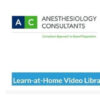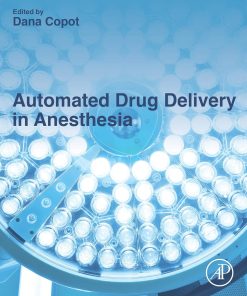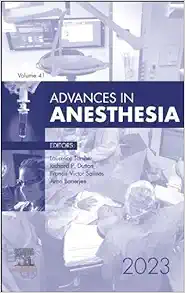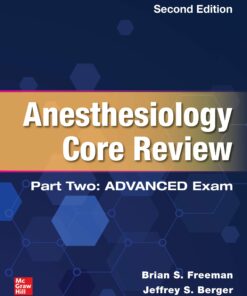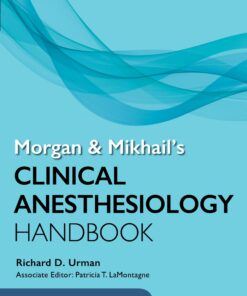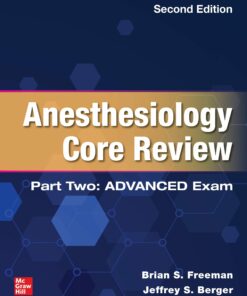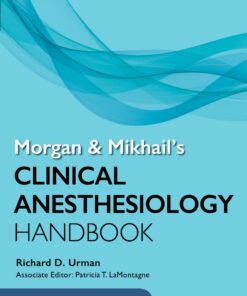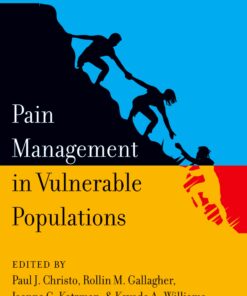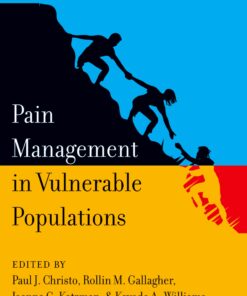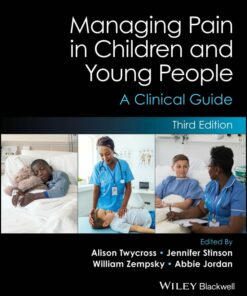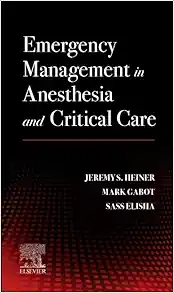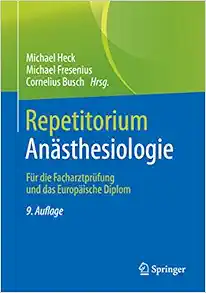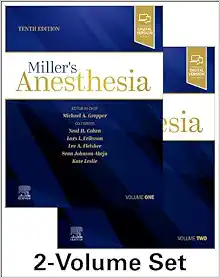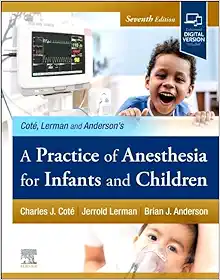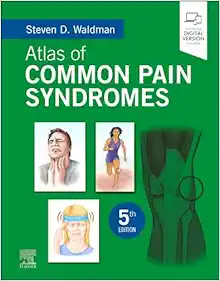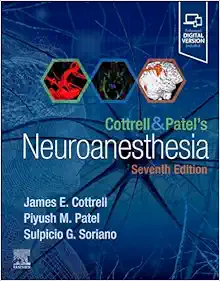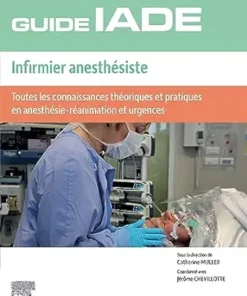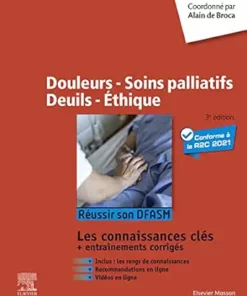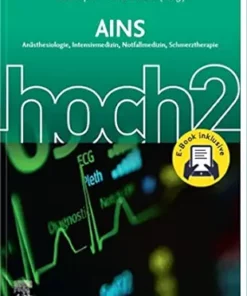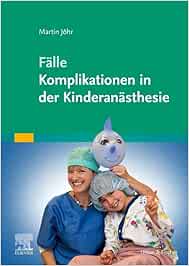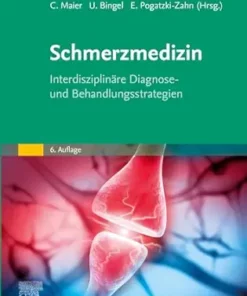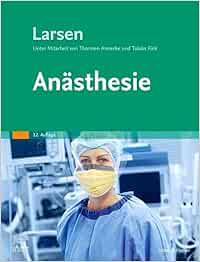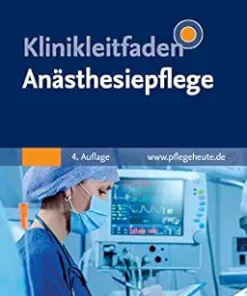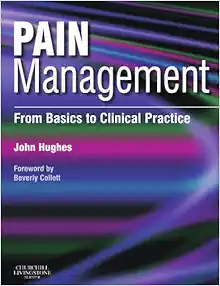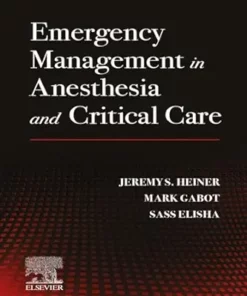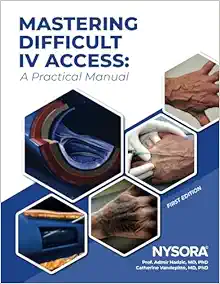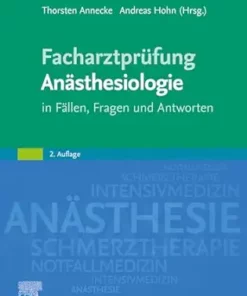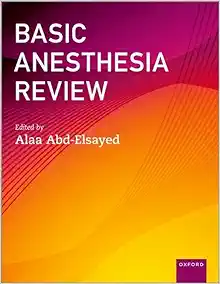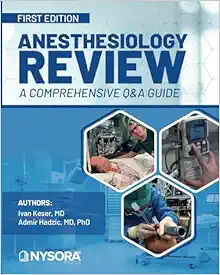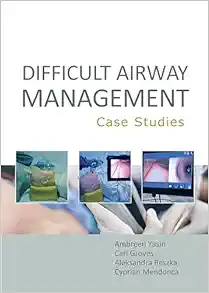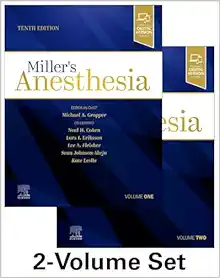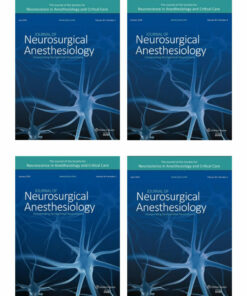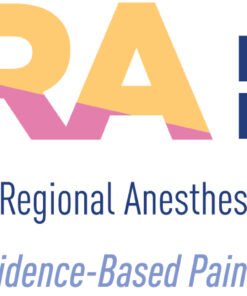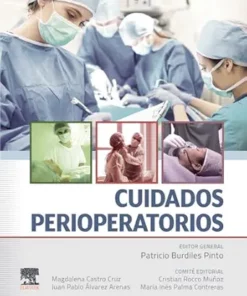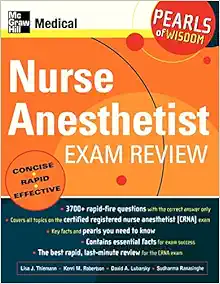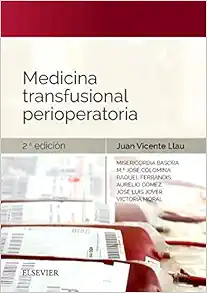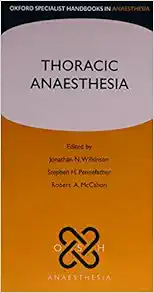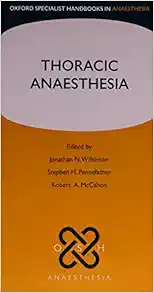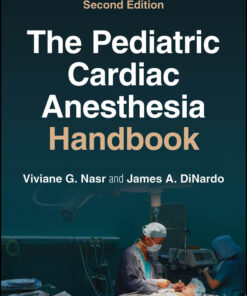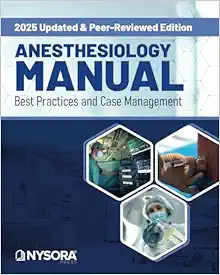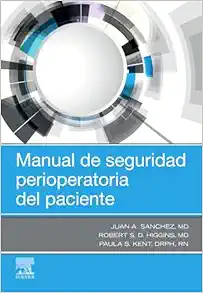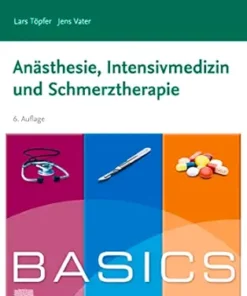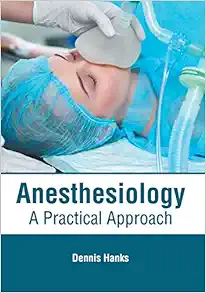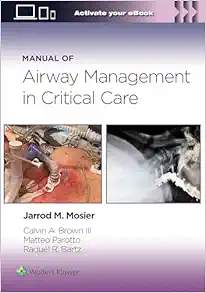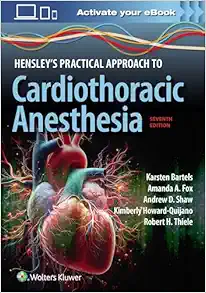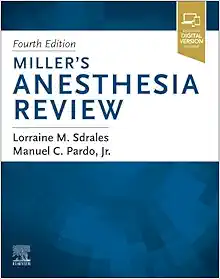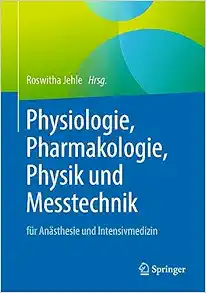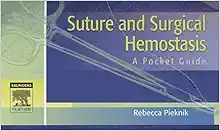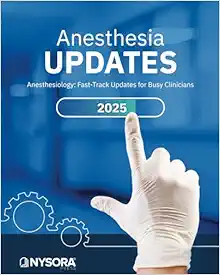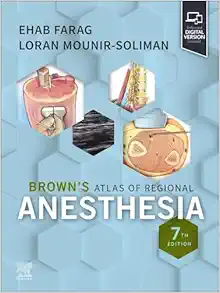- ==========================+======================
-
Note : We will send ebook download link after confirmation of payment via paypal success
Payment methods: Visa or master card (Paypal)
DANNEMILLER Anesthesiology Review Course (Videos+PDFs)
Format: 30 Video Files + PDF file
YOU WILL GET THE COURSE VIA LIFETIME DOWNLOAD LINK (FAST SPEED) AFTER PAYMENT
This product is the result of a recording of a live meeting providing a comprehensive review of the specialty of anesthesiology. Anesthesiology Review Course with CME (8th Edition) contains valuable information on current anesthesiology practices – including 40 complete lectures from 13 renowned anesthesiology experts.
STATEMENT OF NEED
Practicing anesthesiologists, anesthesiology residents, and practicing CRNAs require a thorough periodic review of our specialty’s core information. Dannemiller has organized such a review of this body of information by drawing on the opinions of expert anesthesiology educators, as well as feedback from anesthesia professionals and participants at previous Dannemiller programs. Based on this information, this course has been designed to provide an in-depth, state-of-the-art review of the practice of anesthesia.
LEARNING OBJECTIVES
The overall goal of this course is to provide a comprehensive review of the specialty of anesthesiology. This course is intended for residents, practicing anesthesiologists and CRNAs seeking a comprehensive review of the specialty’s core body of knowledge.
Upon completion of this activity, the participant should be able to:
Describe the workings and the inherent hazards of common anesthesia administration and monitoring equipment.
Explain and apply pharmacokinetic and pharmacodynamic principles in the administration of intravenous and inhaled anesthetics.
Discuss the physiology and pharmacology of neuromuscular blockade.
Describe the mechanisms of normal coagulation and common anticoagulants, and describe the infectious and non-infectious hazards of transfusion.
Explain the indications and techniques, including ultrasound, for upper and lower extremity regional blocks.
Discuss assessment of the respiratory system prior to pulmonary resection surgery; describe intraoperative management and post operative analgesia for thoracic surgery.
Illustrate the preoperative evaluation and intraoperative management of patients with various endocrinopathies including diabetes and thyroid disease.
Define the essential elements of transitional/ neonatal physiology; describe the anesthetic management of common and neonatal and pediatric emergencies.
Describe the techniques for anesthesia and analgesia for vaginal and caesarean delivery; describe the management of obstetrical emergencies.
Explain the evaluation and management of patient with coronary and valvular disease; describe the anesthetic management techniques for on and off pump cardiac surgery.
Assess the physiology and pharmacology relevant to neuroanesthesia; explain the anesthetic management for aneurysm, posterior fossa lesions, and head injury surgery.
Summarize the pathophysiology and treatment of sepsis, acute lung injury, and multi-organ failure.
Compare the physiology of normal and neuropathic pain; explain the clinical management of acute, chronic, and cancer related pain.
Recommend approaches to airway management and hemodynamic resuscitation of the trauma victim.
Demonstrate ultrasound techniques and procedures in regional, vascular and cardio-thoracic in the upper and lower regions.
Topic-specific learning objectives are listed at the beginning of each lecture.
Topics And Speakers:
01. Anesthesia for Common Diagnostic and Therapeutic Radiologic Procedures in Children
02. Anesthesia for Patient with Severe Lung Disease
03. Anesthesia for the Patient Undergoing Endovascular Aortic Repair
04. Anesthetic Management of Common Pediatric Emergencies
05. Anterior Mediastinal Masses and Lower airway Problems
06. Enhanced Recovery from Surgery
07. Management of One-Lung Ventilation
08. Morbidly Obese Patients A Clinical Challenge
09. Obstructive Sleep Apnea What the Anesthesia Provider Should Know
10. Opioids Basic and Clinical Pharmacology
11. Perioperative Management of the Child with Respiratory Disease
12. Pharmacokinetics and Pharmacodynamics Basic Principles
13. Sedative Hypnotics Basic and Clinical Pharmacology
14. Sepsis What the Anesthesiologist Needs to Know
15. Ventilating the (potential) ICU Patient to, from, and in the OR
16. Basics of Ultrasonography Science and Knobs
17. Ultrasound Use for Lower Extremity Surgery What Have We Learned
18. Ultrasound Use for Upper Extremity Surgery Has It Made a Difference
19. Are You Confused About Delirium (and its causation, prevention and treatment)
20. Blood Pressure and the Brain How Low Can You Go
21. Neuroanesthesia Physiology and Pharmacology Relevant to Critical Situations
22. Neuroanesthesia Situation-Specific Considerations (Head Injury, Aneurysm, Posterior Fossa)
23. Anesthesia Breathing Systems, Ventilators and Waste Gas Scavenging Systems
24. Hazards of the Anesthesia Workstation
25. Understanding the Anesthesia Machine
26. Anesthesia for Cesarean Section
27. Anesthetic Considerations for Patients
Related Products
ANESTHESIA
ANESTHESIA
ANESTHESIA



